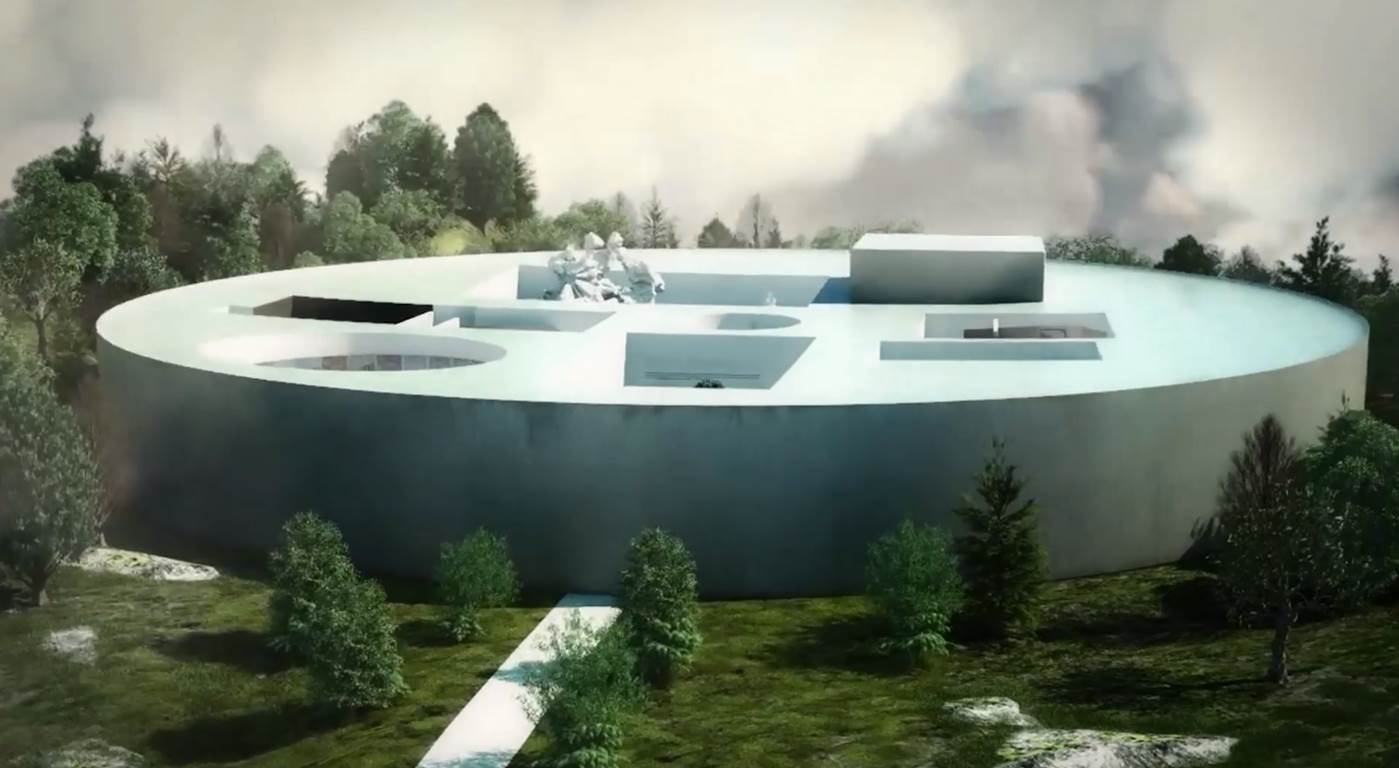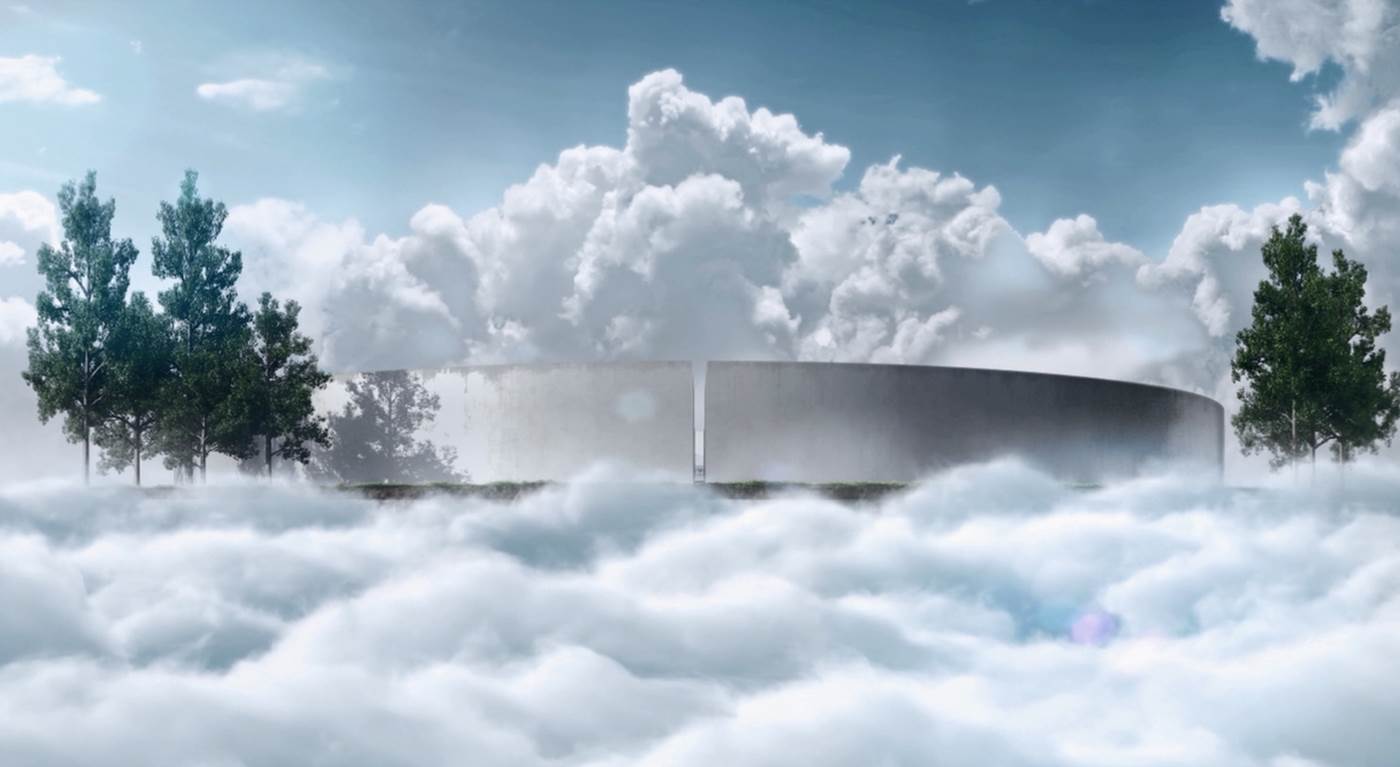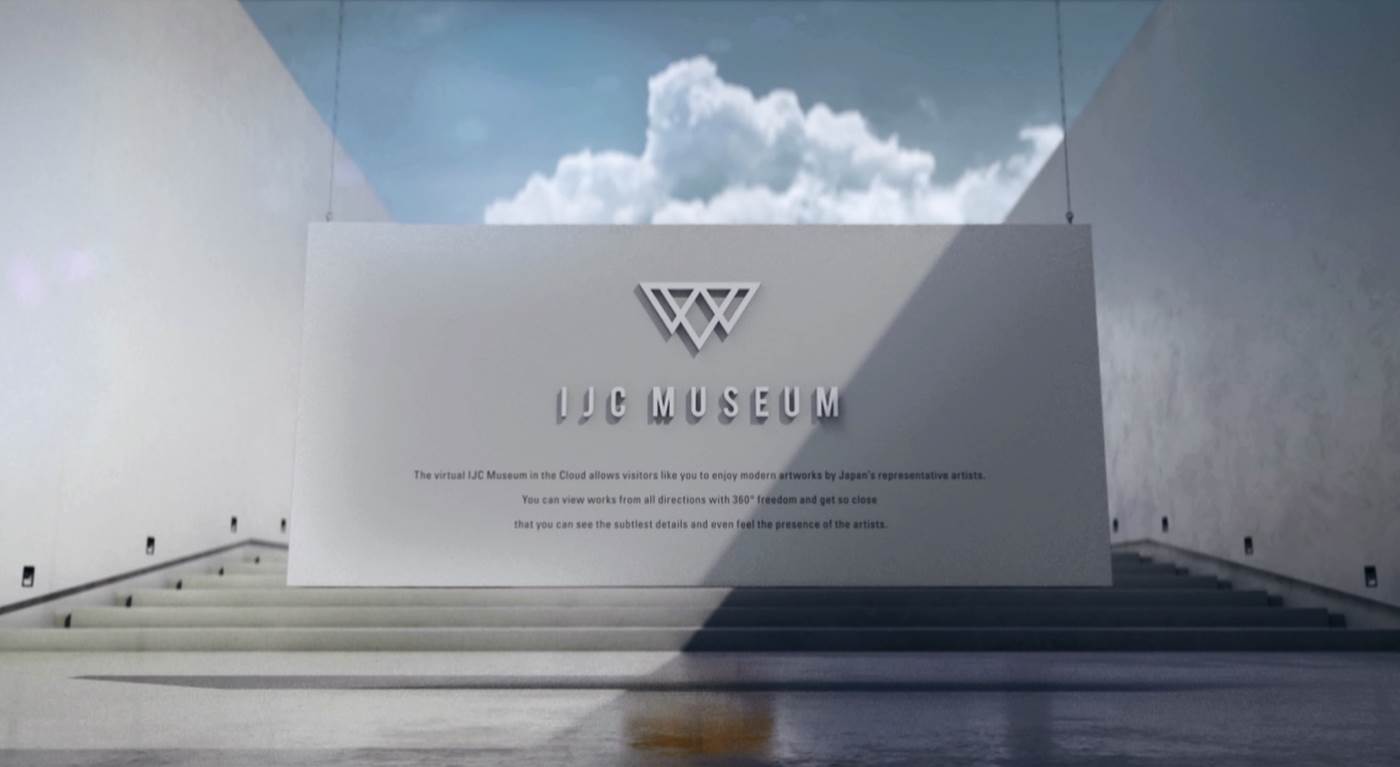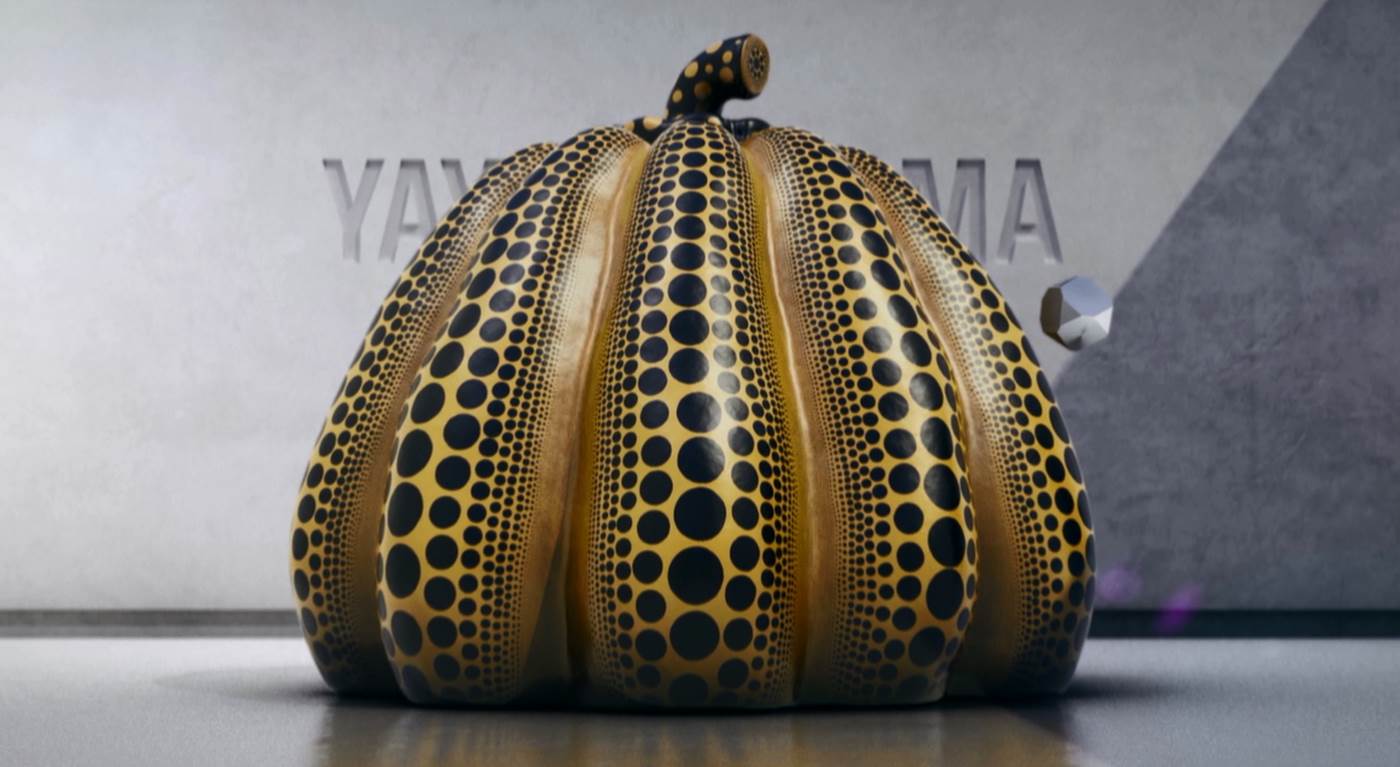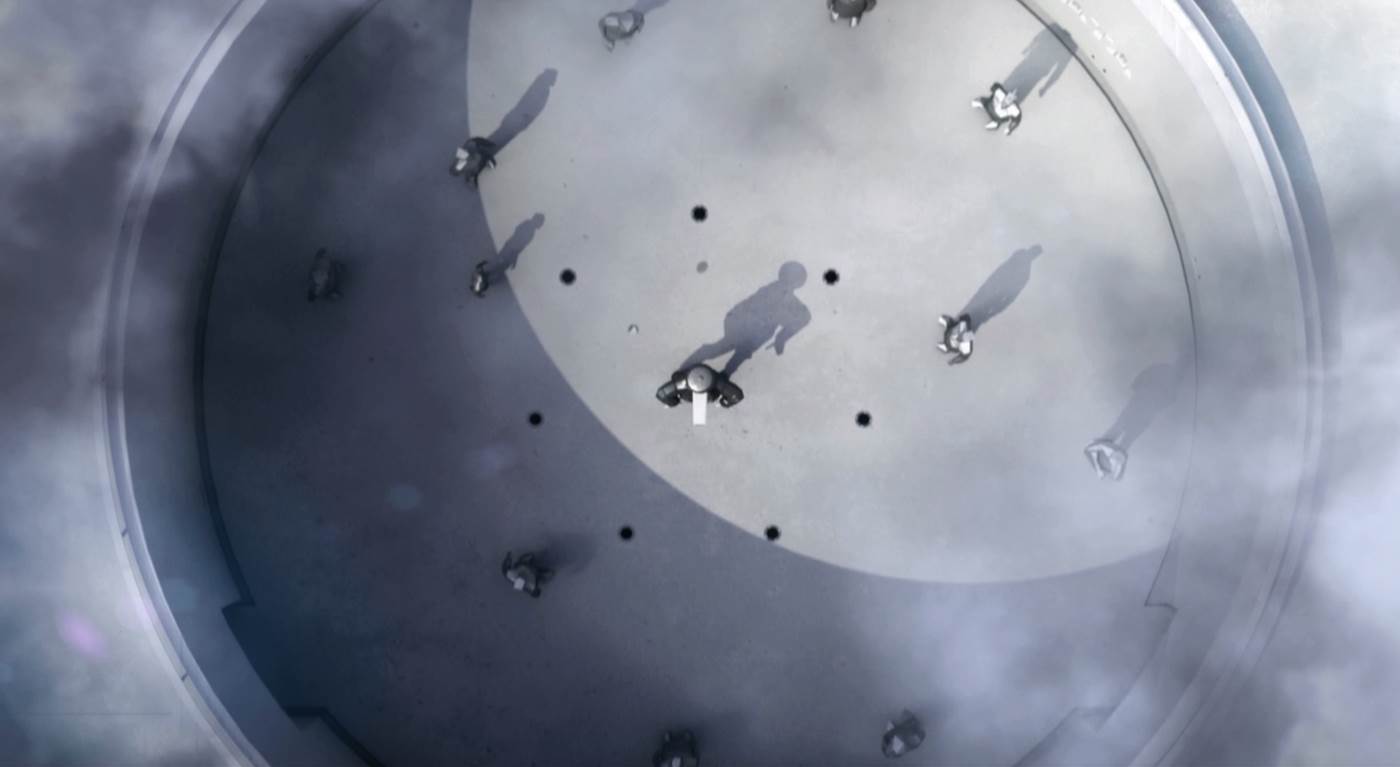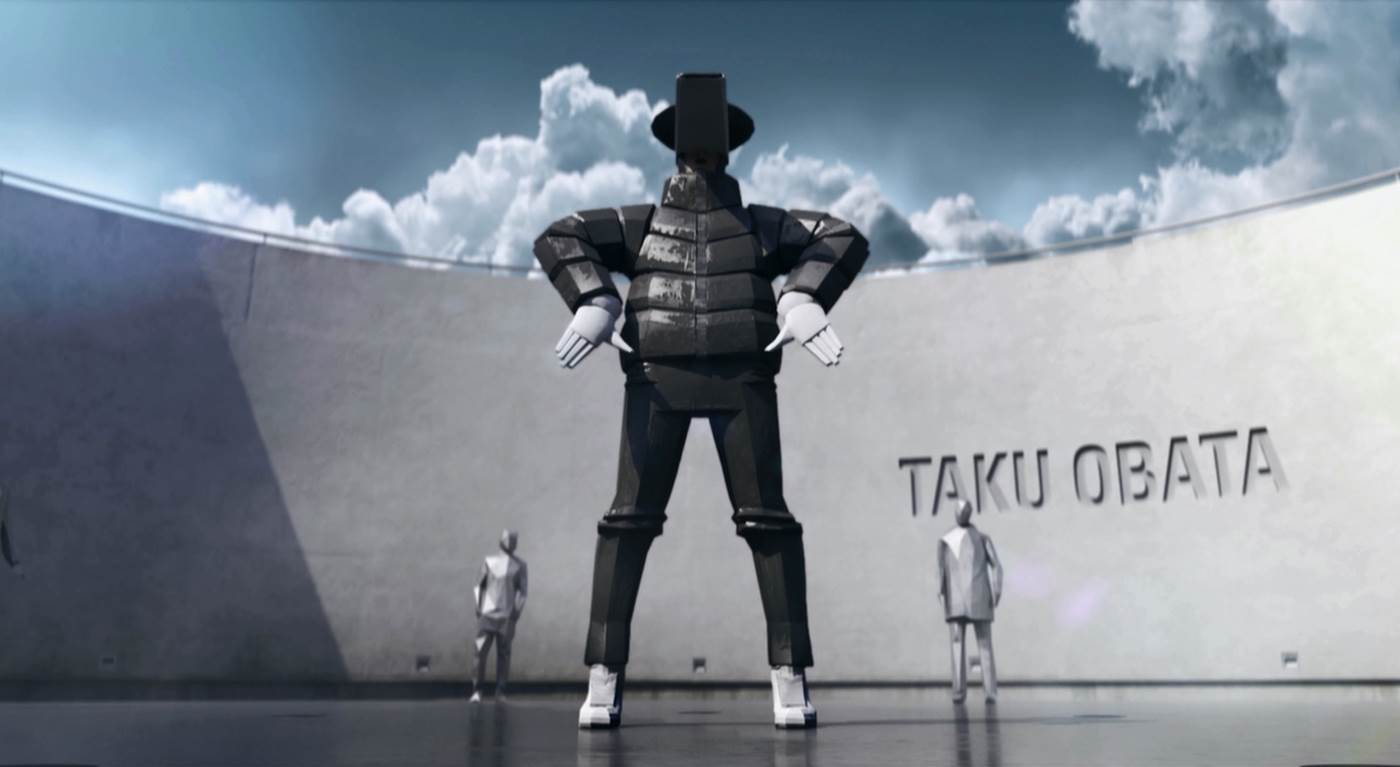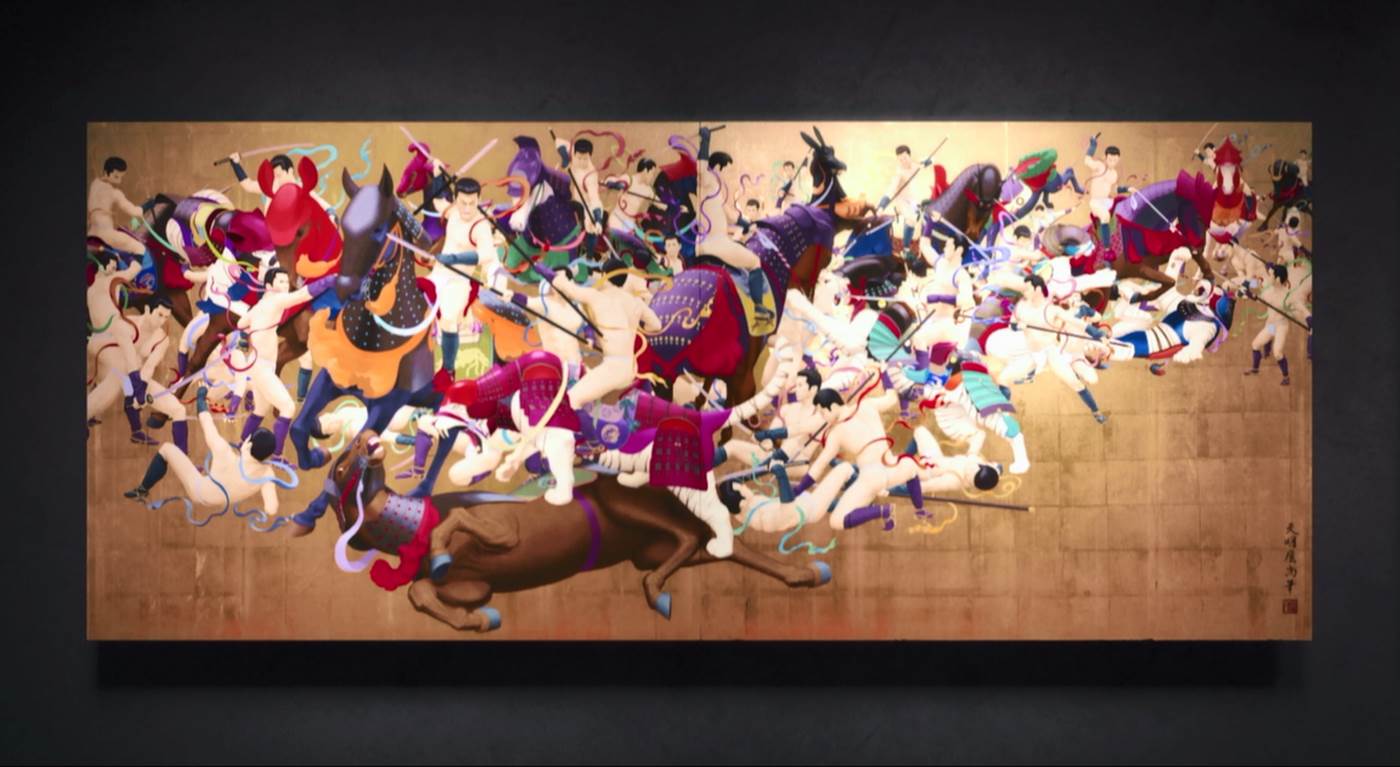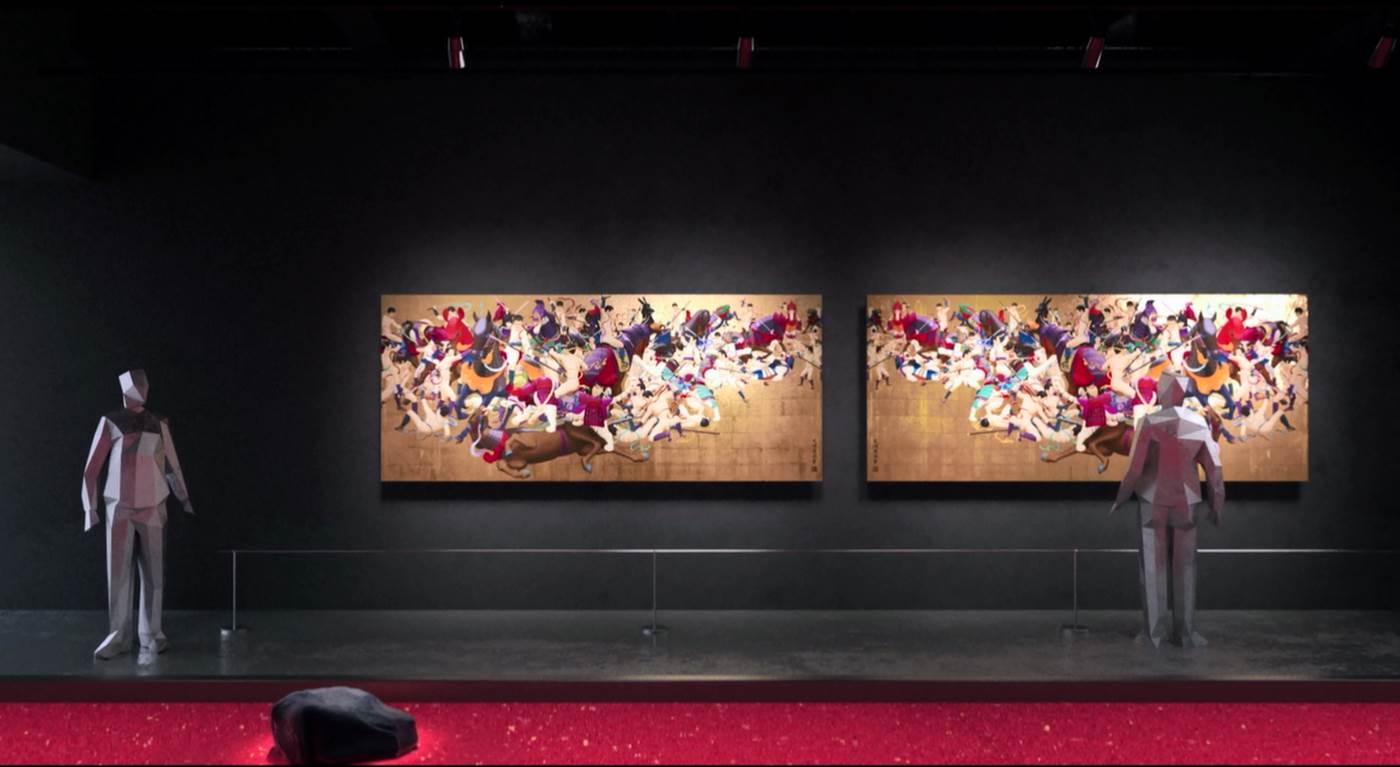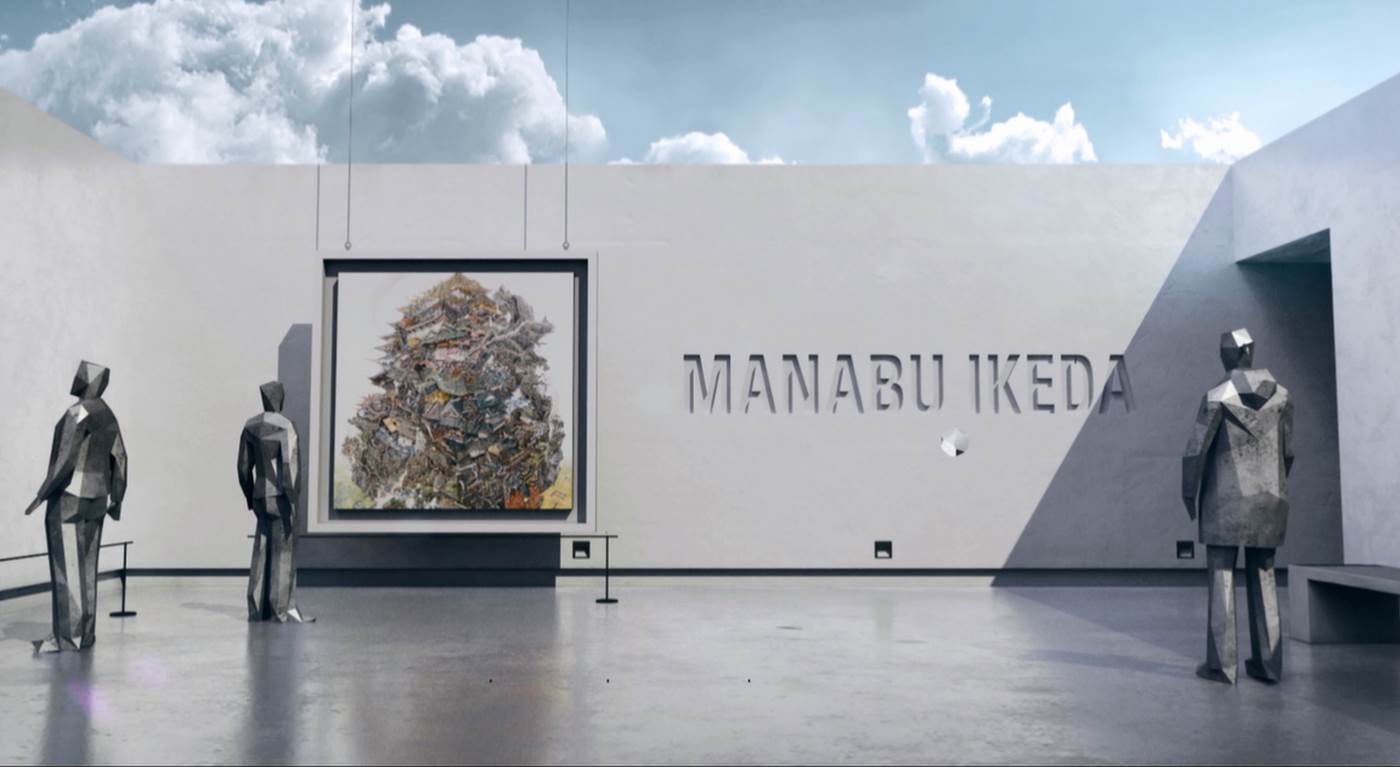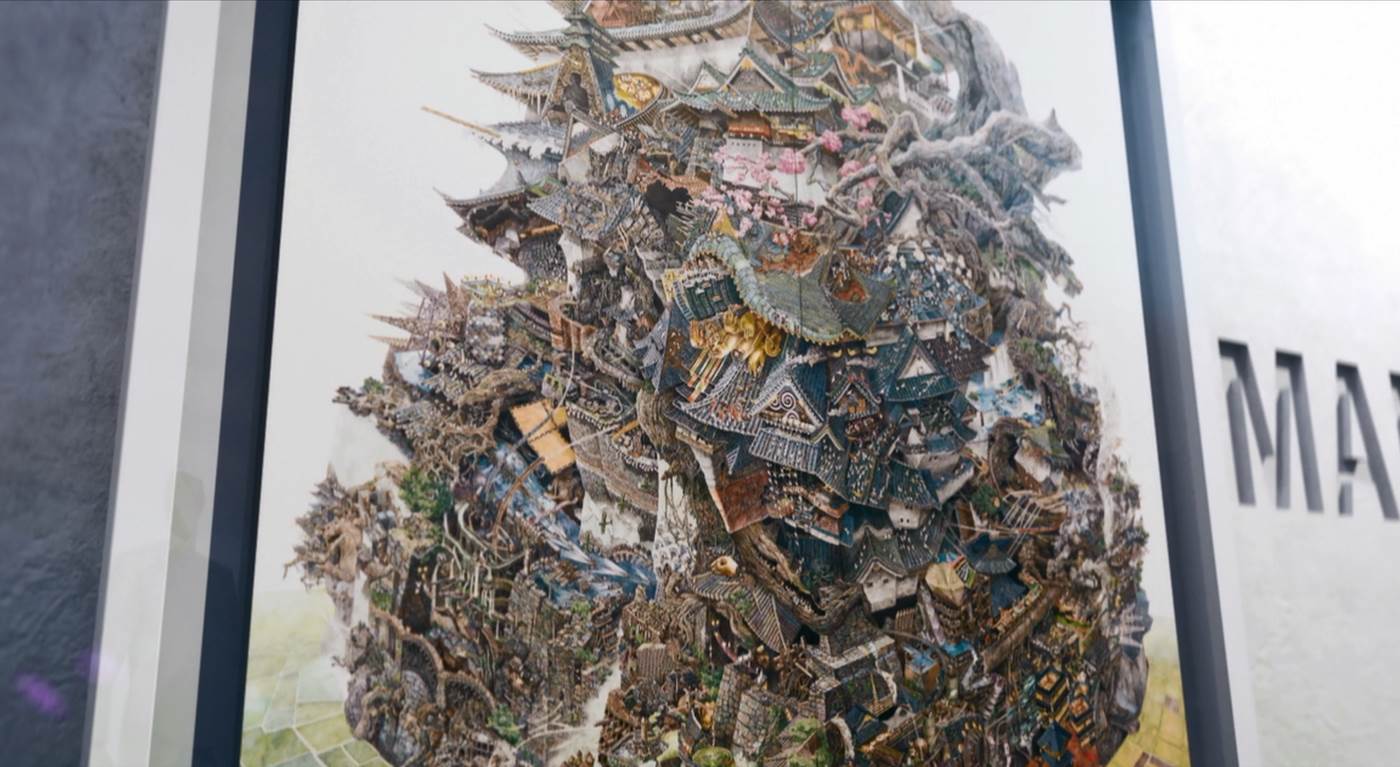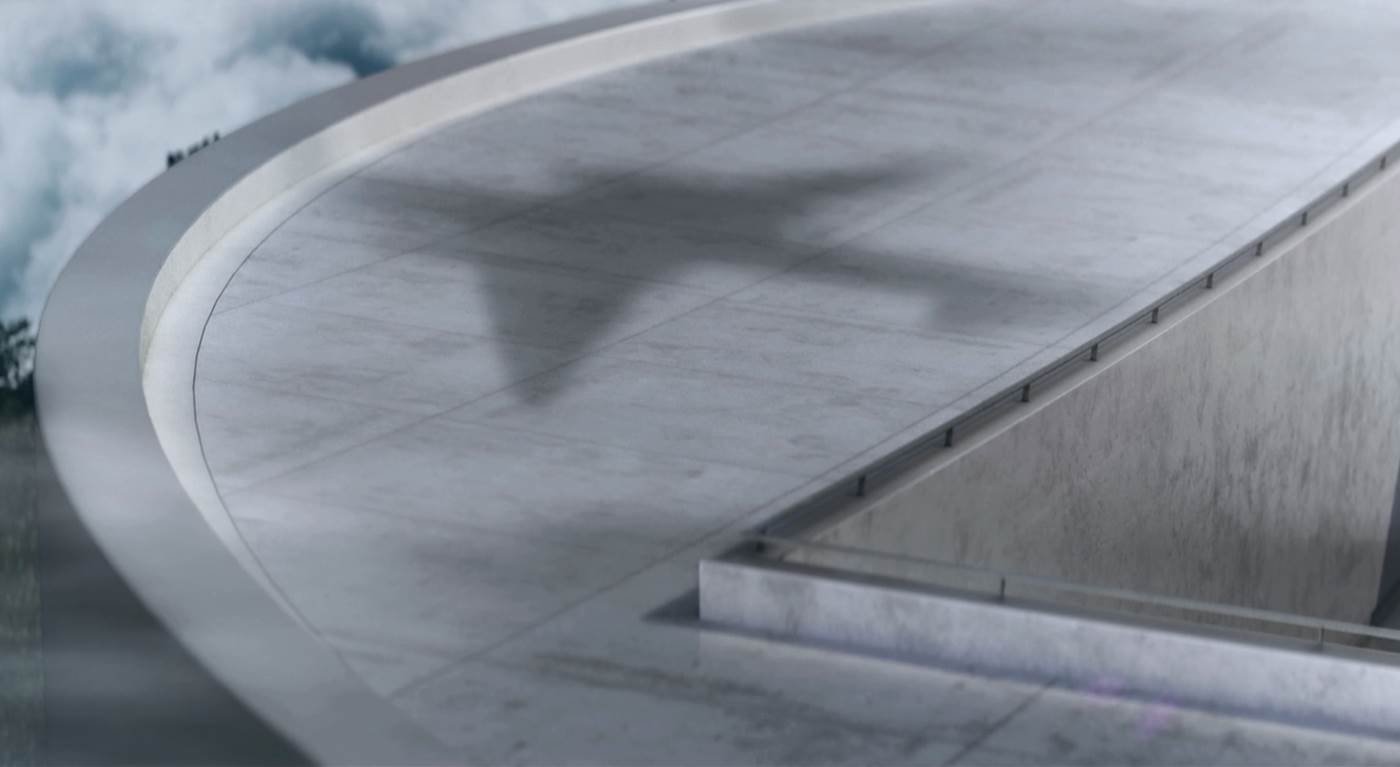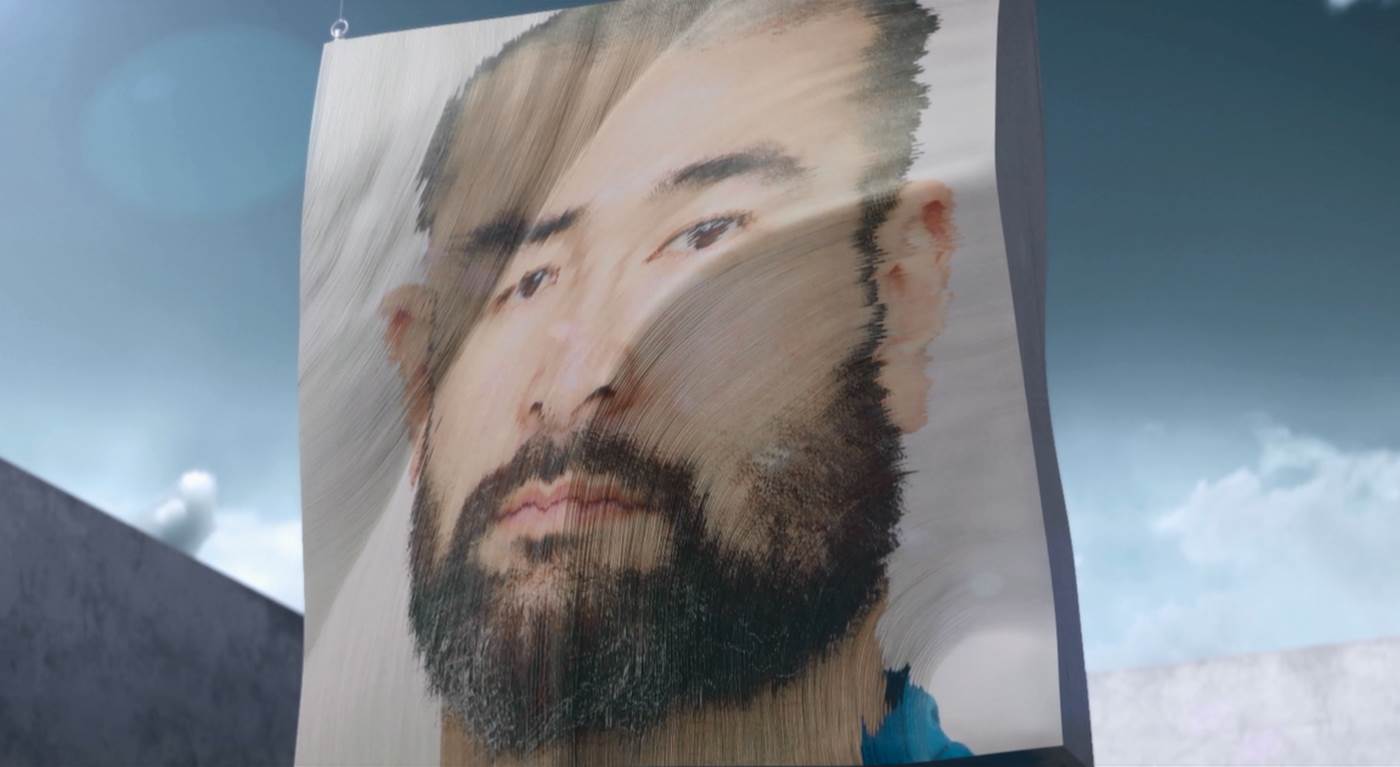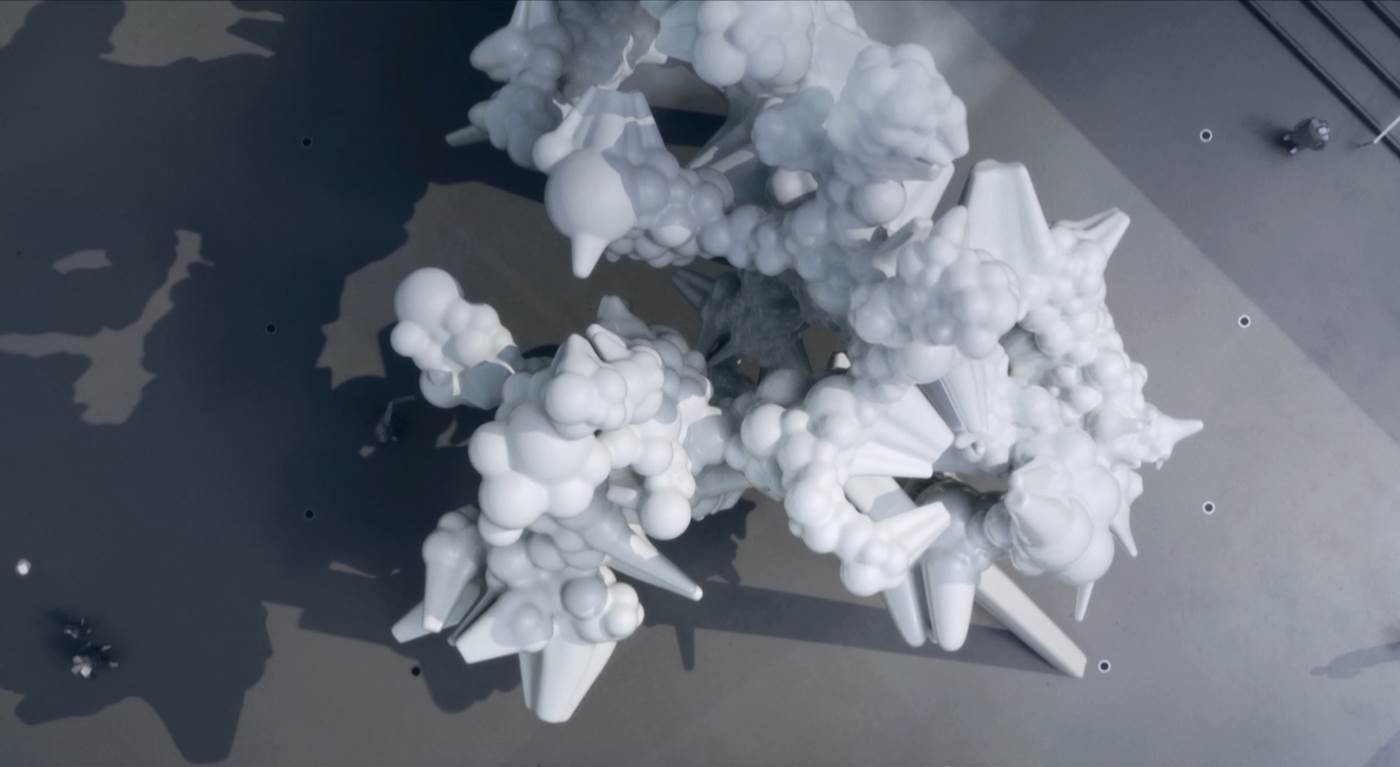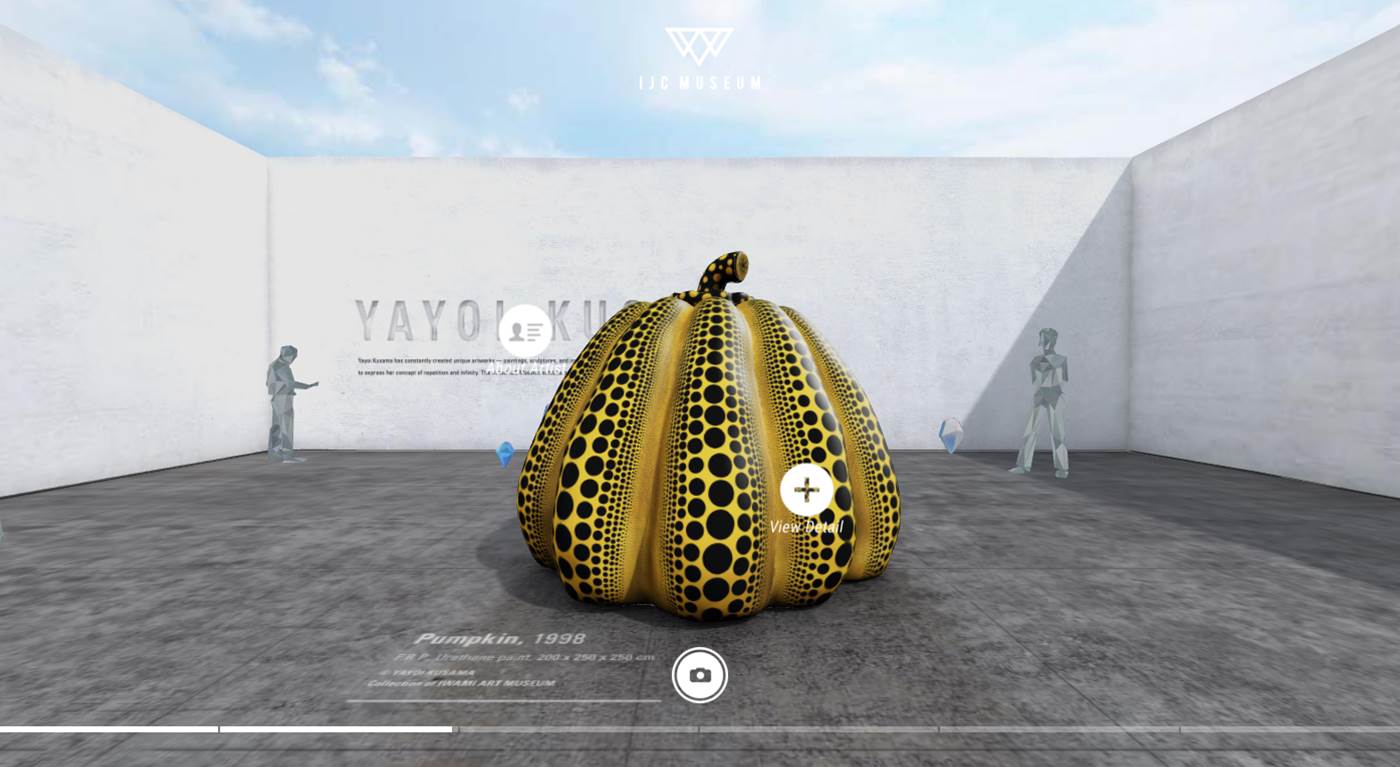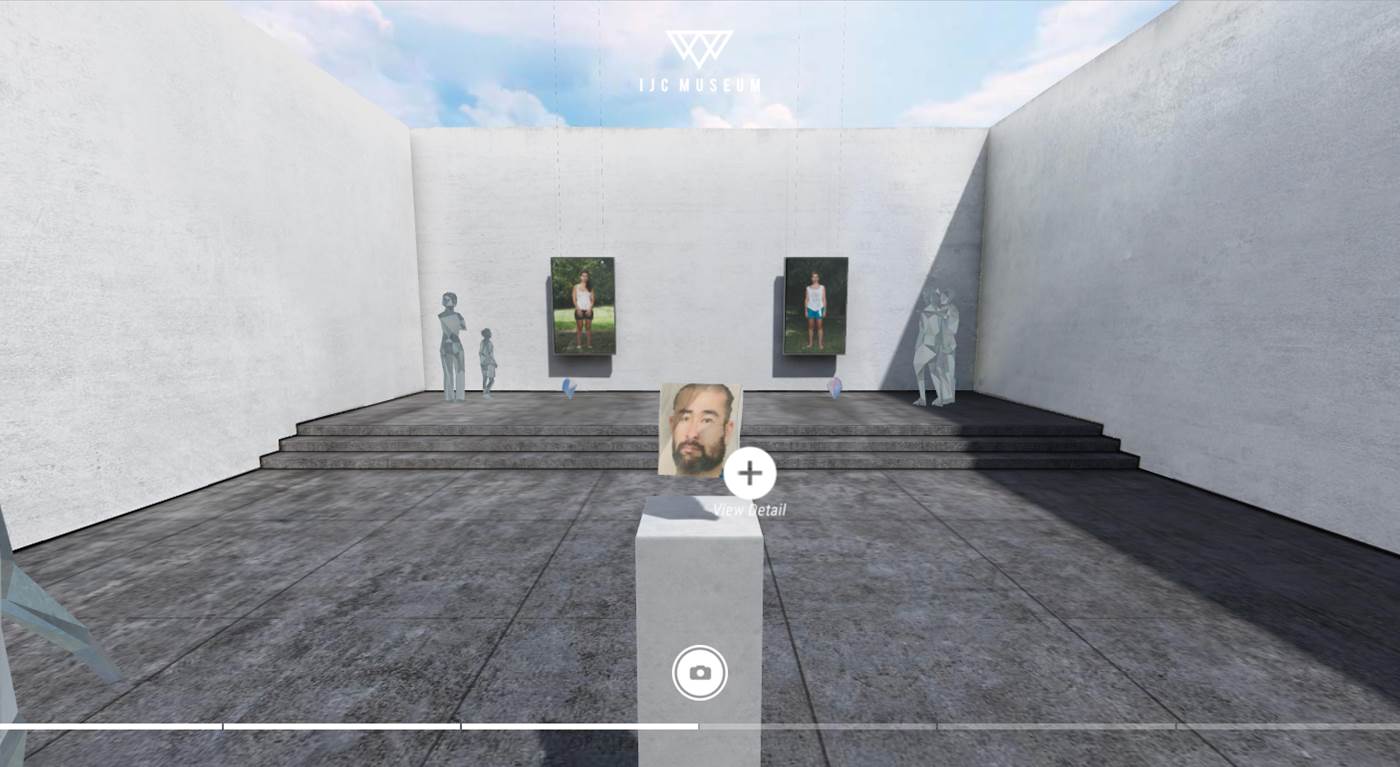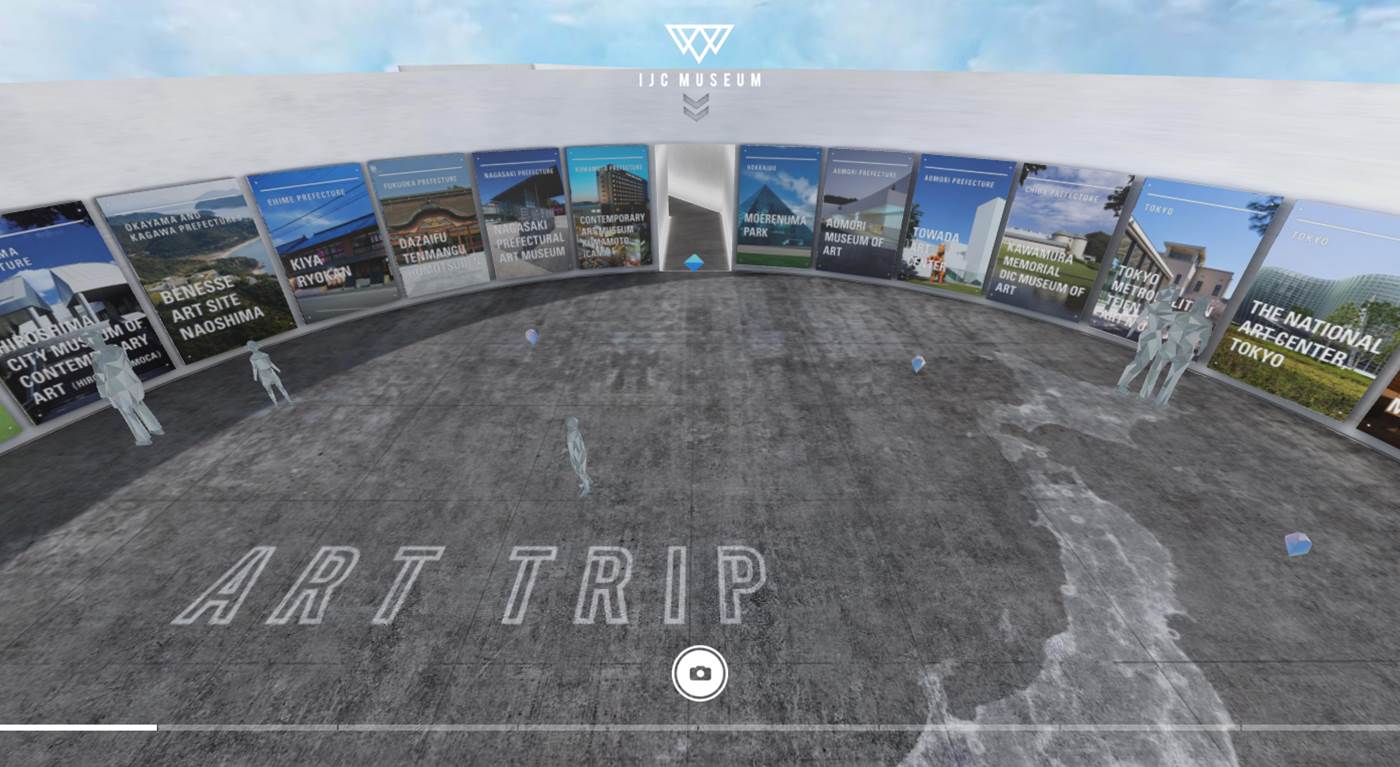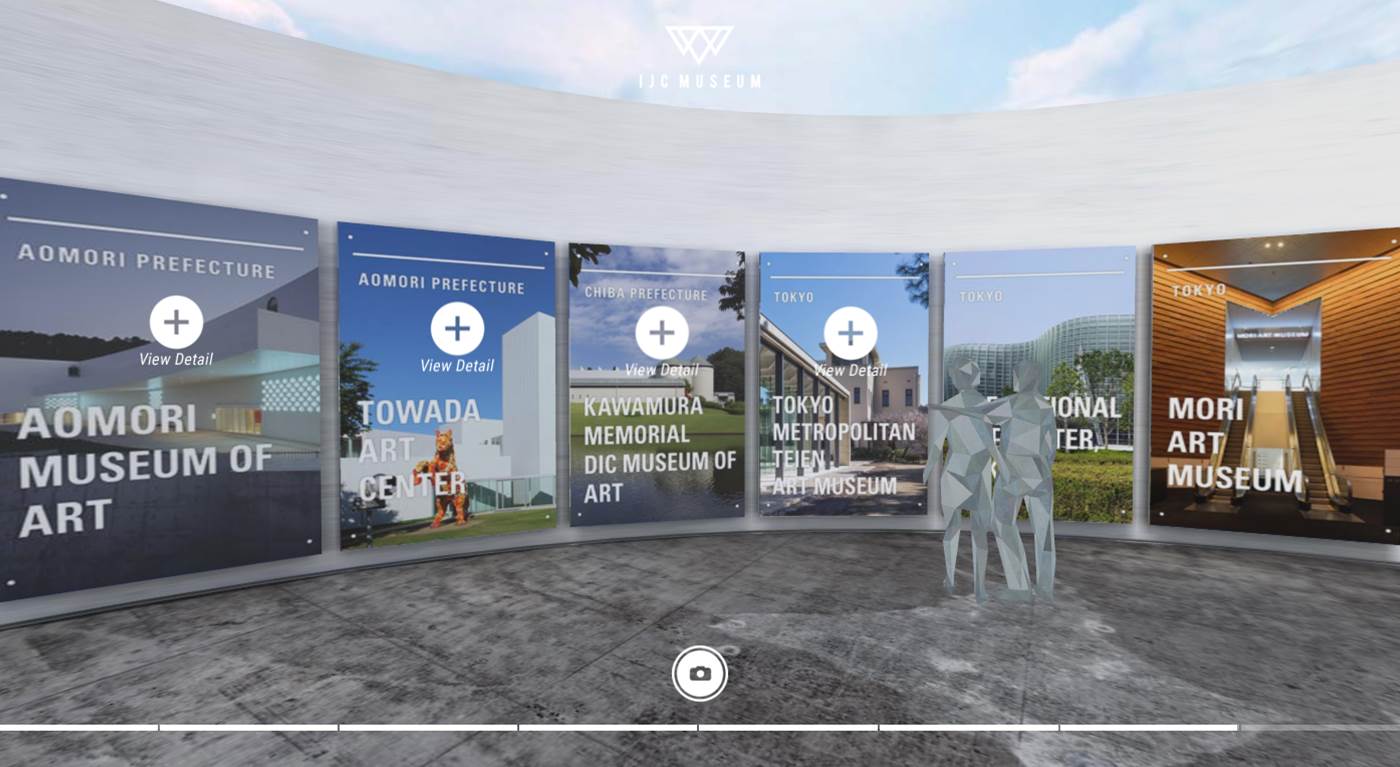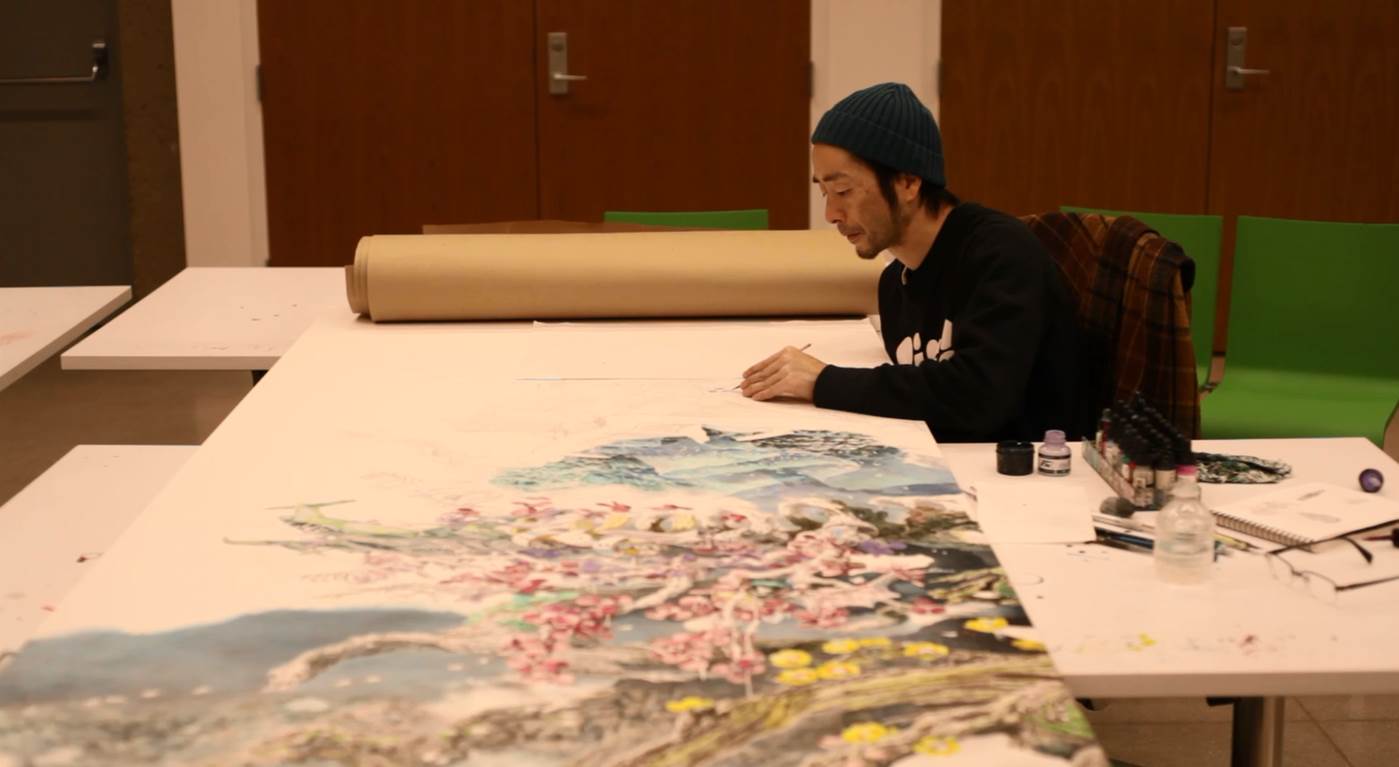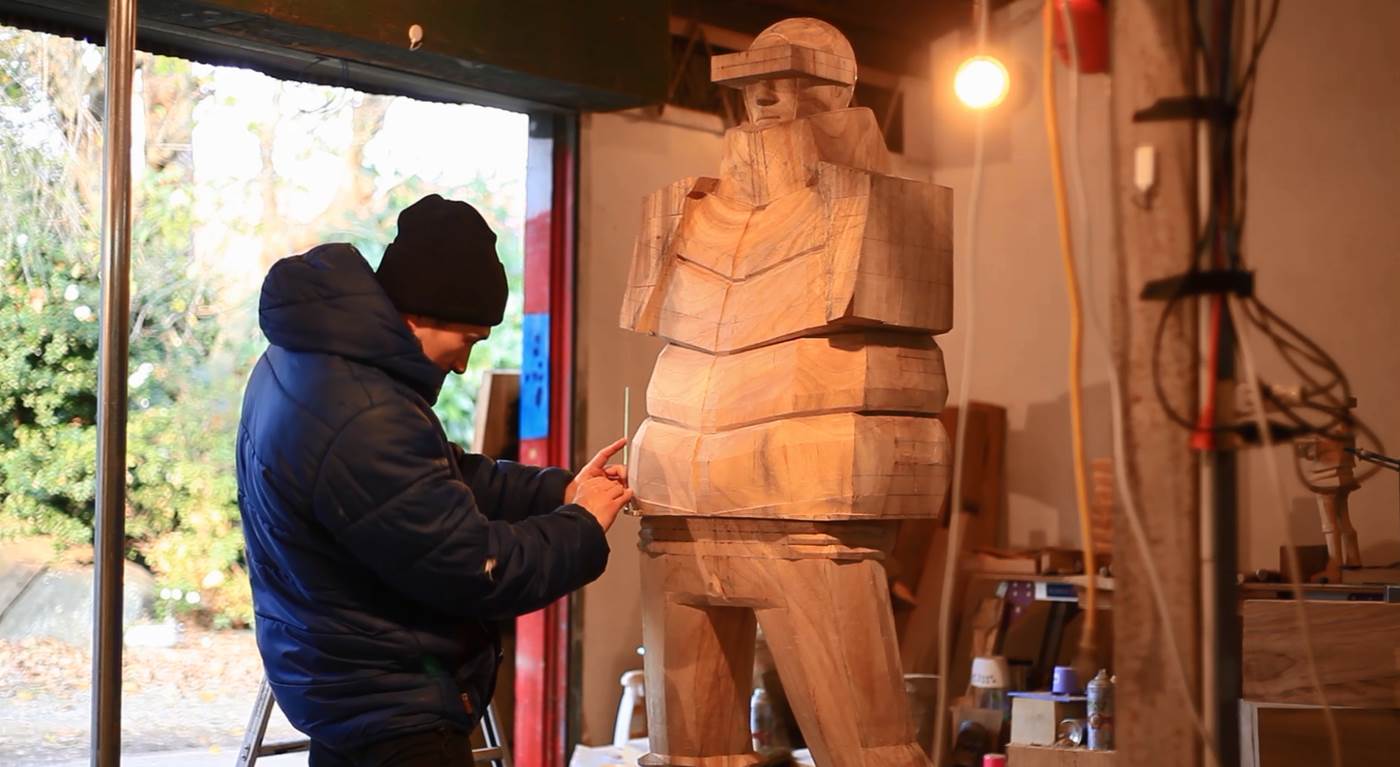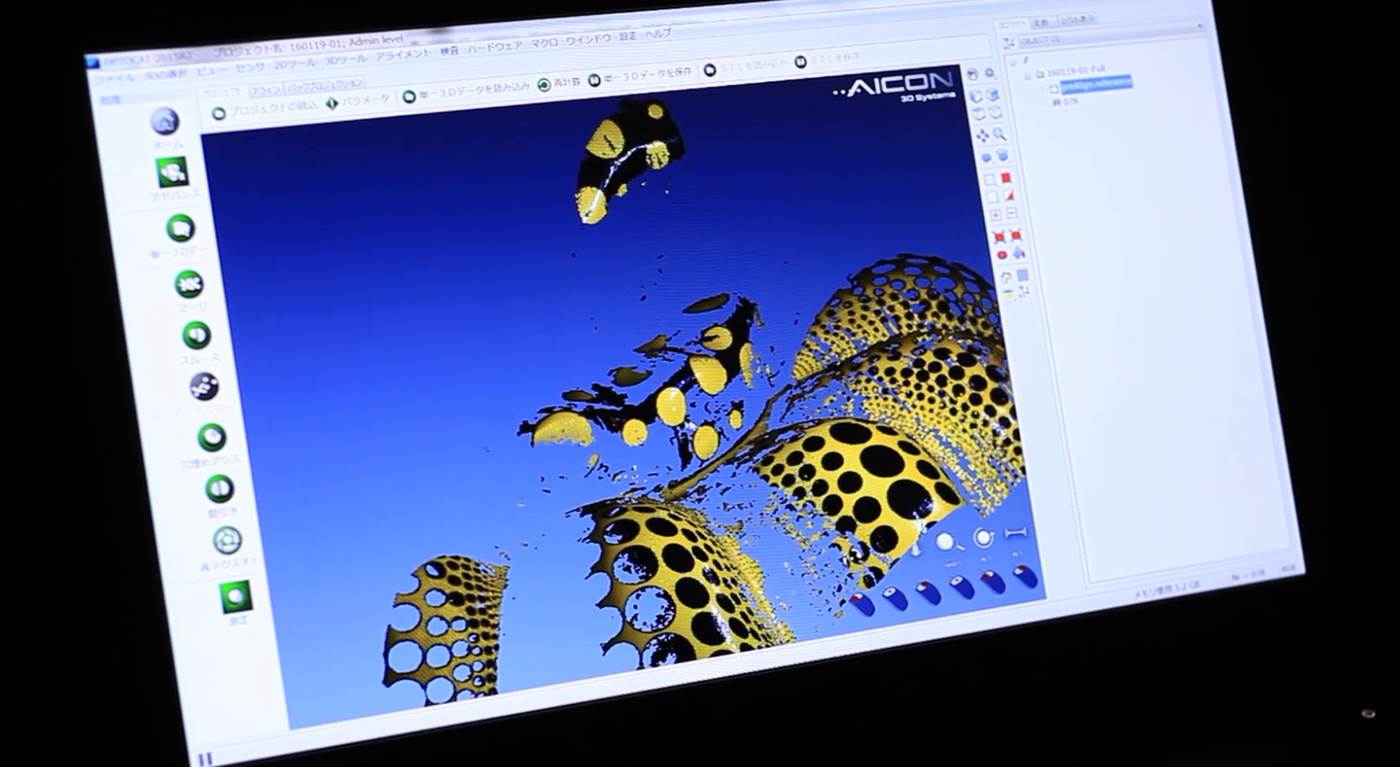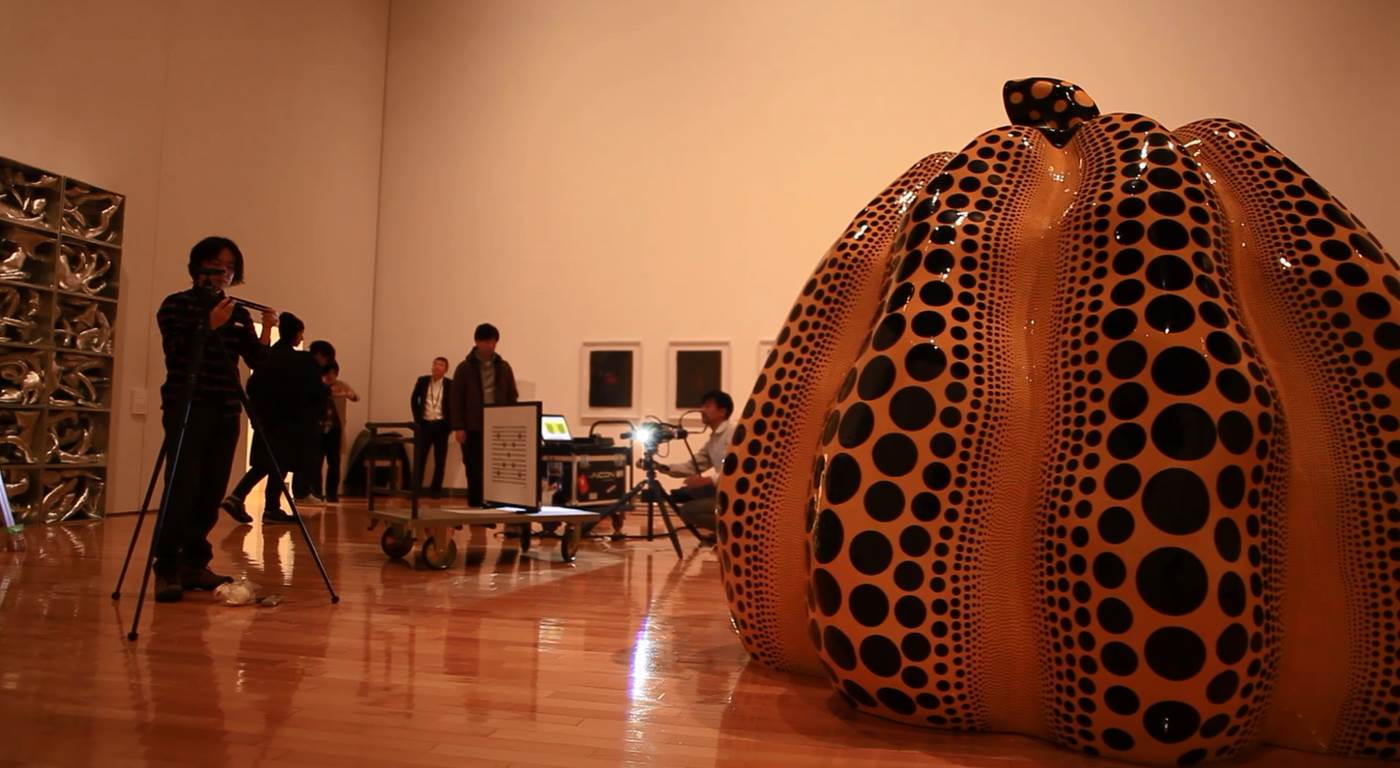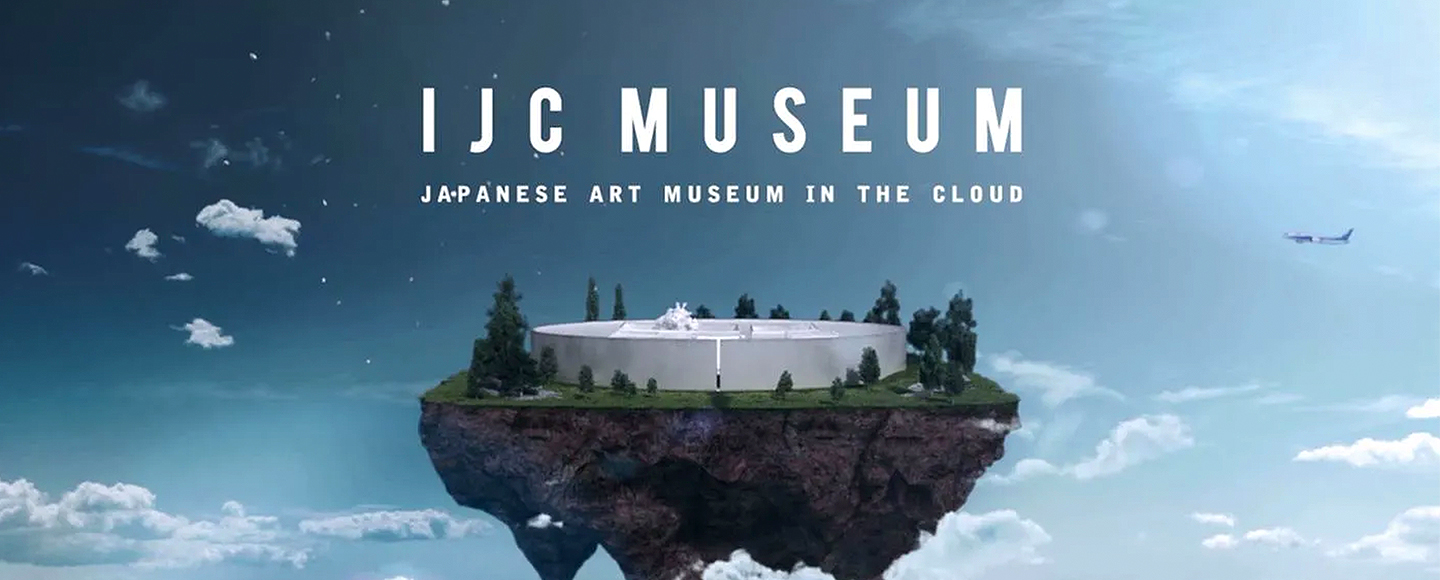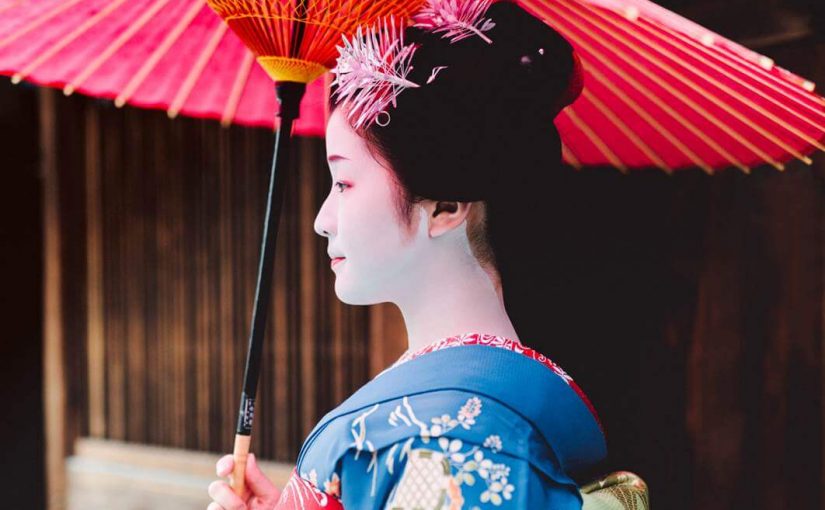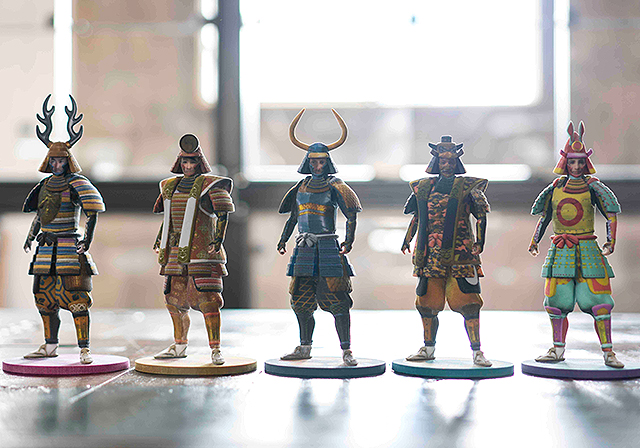WORKS DETAIL
IJC MUSEUM is a 3D virtual museum created "in the cloud".
Awards
-
 ONE SHOW DIGITAL DESIGN INTERFACE DESIGN|MERIT
ONE SHOW DIGITAL DESIGN INTERFACE DESIGN|MERIT -
 ONE SHOW INTERACTIVE CRAFT VISUAL EFFECTS/ANIMATION|MERIT
ONE SHOW INTERACTIVE CRAFT VISUAL EFFECTS/ANIMATION|MERIT -
 ONE SHOW UX/UI CRAFT|MERIT
ONE SHOW UX/UI CRAFT|MERIT -
 THE WEBBY AWARDS TURISM & LEISURE|FINALIST
THE WEBBY AWARDS TURISM & LEISURE|FINALIST -
 THE WEBBY AWARDS BEST USER INTERFACE|FINALIST
THE WEBBY AWARDS BEST USER INTERFACE|FINALIST -
 SPIKES ASIA DIGITAL CRAFT OVERALL AESTHETIC DESING|Grand Prix
SPIKES ASIA DIGITAL CRAFT OVERALL AESTHETIC DESING|Grand Prix -
 SPIKES ASIA DIGITAL CRAFT INTERFACE & NAVIGATION (UI)|BRONZE
SPIKES ASIA DIGITAL CRAFT INTERFACE & NAVIGATION (UI)|BRONZE -
 SPIKES ASIA DIGITAL CRAFT DESIGN|BRONZE
SPIKES ASIA DIGITAL CRAFT DESIGN|BRONZE -
 SPIKES ASIA DIGITAL CRAFT CORPORATE IMAGE & SPONSORSHIP|BRONZE
SPIKES ASIA DIGITAL CRAFT CORPORATE IMAGE & SPONSORSHIP|BRONZE -
 SPIKES ASIA DESIGN DIGITAL DESIGN|BRONZE
SPIKES ASIA DESIGN DIGITAL DESIGN|BRONZE -
 The FWA SITE OF THE DAY
The FWA SITE OF THE DAY -
 The FWA MOBILE OF THE DAY
The FWA MOBILE OF THE DAY
DETAIL
BACKGROUND
Art is a mirror that reflects the culture of a country. Thus, for travelers, visiting art museums is an important activity that can even become the sole purpose of the trip. Japan, as host country for the 2020 Olympics, has become a popular destination with a rapid increase in the number of incoming visitors. Still, however, we have not introduced the appeal of Japanese art widely enough, so only 16% of visitors experience art during their stay in Japan. To familiarize international visitors with Japan’s fascinating art and bring even greater satisfaction to their travels in Japan, we launched the IJC Museum project focusing on art in Japan.
WHAT WE INVENTED
The project began with an architect’s design for a real museum. Creating a “3D museum in the cloud” involved actual building engineering in full scale and texture, capturing the functionality of exhibition spaces. To reproduce artwork by seven leading Japanese artists in 3D virtual space, sculptures were digitalized using a 3D scanner, enhanced with super high-precision texture data captured through high-resolution photography. 2D artworks can be magnified, allowing visitors to view greater detail than with human vision. The virtual museum shows movies of the artists at work or speaking about their work, so visitors can experience art appreciation only available with digitalized exhibition. WebGL enables overwhelming 3D reproduction. Visitors can move freely inside the museum and see artworks in 360-degree panorama, just like being there. Photography can be prohibited in most museums in Japan, but here, visitors can freely take photographs of any work or post them on social networks.
RESULT
Our project “innovation of the art experience” has attracted worldwide attention, and in the 10-day period after the launch, IJC MUSEUM was featured in more than 600 articles in 60 countries, and shared in 5000 posts on social networks. Online, there were more than 10 million “imps”, making it one of the most popular museums in Japan. Japan Tourism Agency announced that the number of incoming visitors to Japan in the month of February 2016 reached 1,891,400, showing a year-on-year increase of 36.4%. At this very moment, many international tourists are visiting art museums in Japan.
